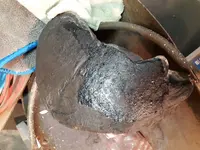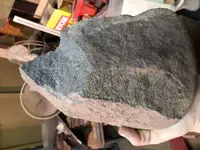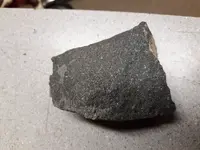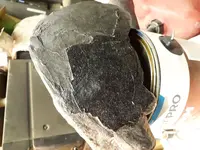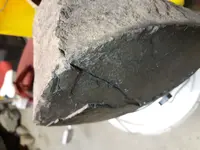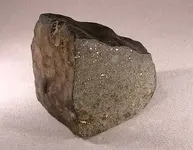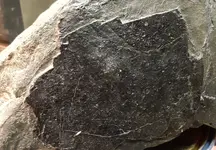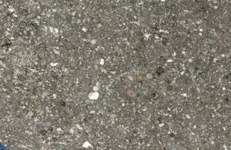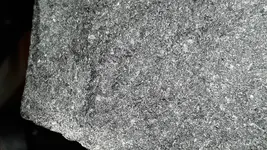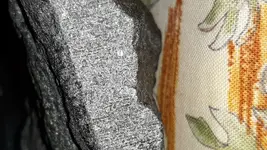Joseph2168
Tenderfoot
- Joined
- Dec 24, 2019
- Messages
- 8
- Reaction score
- 11
- Golden Thread
- 0
- Primary Interest:
- All Treasure Hunting
- #1
Thread Owner
I found this in the desert of New Mexico in the middle of alot of sand. No other rocks around and cannot find what it is ,can someone help me?



